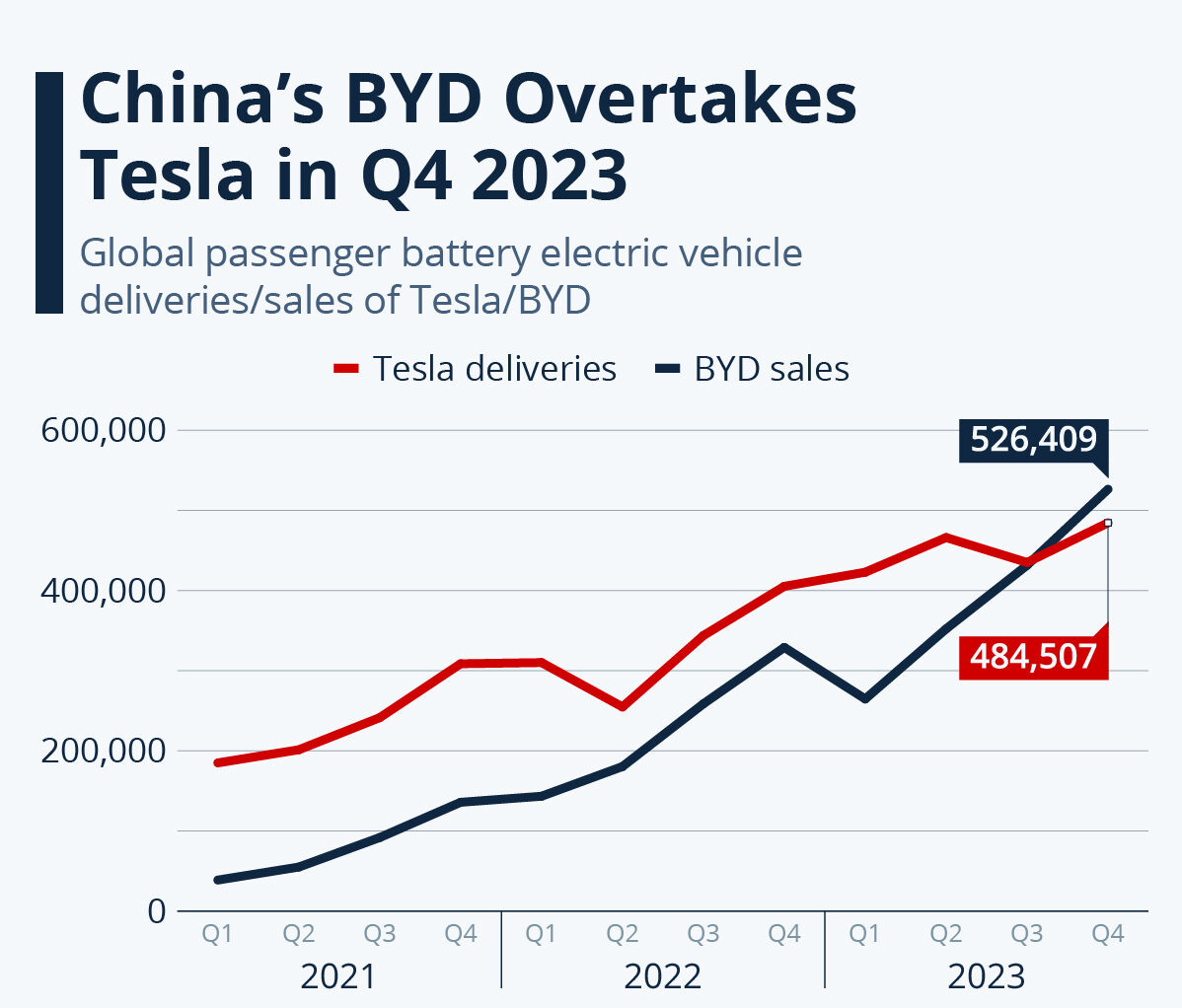Peter Thiel Warns of a Looming Real Estate ‘Catastrophe’
Silicon Valley billionaire and PayPal co-founder Peter Thiel has issued a stark warning about what he sees as an approaching crisis in the real estate market. His perspective, informed by decades of successful investing and trend analysis, points to fundamental imbalances that could have far-reaching consequences across American society.
The Impending Housing Crisis
Thiel’s Prediction
Peter Thiel, known for his contrarian outlook and prescient investment moves, has characterized the current housing market situation as heading toward a “catastrophe.” During recent appearances and interviews, he’s outlined his concerns that the American housing market has become fundamentally disconnected from economic realities. Thiel believes we’re witnessing the formation of a bubble unlike previous housing crises, one driven by structural issues rather than just speculative excess.
“What we’re seeing isn’t just a typical market correction,” Thiel stated during a recent economic forum. “It’s a fundamental misalignment between housing costs and what Americans can actually afford, especially young people entering the market for the first time.”
Impact on Lower Middle Class and Young People
According to Thiel, the brunt of this impending crisis will fall disproportionately on the lower middle class and younger generations. These demographics, already struggling with stagnant wages and substantial student debt, face a housing market that has priced them out of homeownership in many desirable areas.
The tech investor points to alarming statistics showing first-time homebuyers reaching their lowest percentage of the market in decades. Young Americans are increasingly forced to rent for longer periods, delaying family formation and wealth accumulation that traditionally comes with homeownership.
The Mechanics of the Housing Market Problem
Broken Math: Population vs. Wages
At the heart of Thiel’s analysis is what he calls “broken math” in the housing equation. While population has increased in economically vibrant areas, housing construction hasn’t kept pace. Simultaneously, wages haven’t grown at the same rate as housing costs in most metropolitan areas.
“When housing prices consistently outpace wage growth by a factor of two or three over decades, you’re building a system that must eventually collapse,” Thiel explains. This imbalance creates a scenario where each successive generation finds it increasingly difficult to achieve the same housing standard as their parents.
The numbers speak for themselves: in many major cities, the median home price is now more than ten times the median annual household income—far above the traditional affordability ratio of three to four times income that financial experts recommend.
Benefit for Older Homeowners
This housing market dynamic has created a windfall for older Americans who purchased homes decades ago. These established homeowners have seen their properties appreciate significantly, creating substantial paper wealth without additional effort or investment.
“We’ve essentially created an unearned wealth transfer to one generation at the expense of another,” Thiel notes. “This isn’t the result of greater productivity or innovation—it’s simply a matter of when someone was born and when they entered the housing market.”
This generational wealth disparity is evident in economic statistics showing that Baby Boomers control approximately 53% of real estate wealth in America despite representing a shrinking percentage of the population.
Difficulty for Young and Lower-Middle-Class Americans
For young Americans and those in the lower-middle income brackets, the current housing market presents nearly insurmountable challenges. With down payments often requiring savings equivalent to years of income, and monthly mortgage payments consuming unsustainable percentages of take-home pay, the traditional path to homeownership has become obstructed.
“We’re creating a permanent renter class,” warns Thiel. “This fundamentally changes the American social contract and the premise of upward mobility that has defined our economy for generations.”
The True Inflation Problem: Rent
Rent vs. Other Costs
While official inflation measurements often focus on consumer goods and services, Thiel argues that housing costs—particularly rent—represent the most significant inflation problem facing everyday Americans.
“When people complain about inflation, they’re really talking about housing,” Thiel asserts. “If you look at the percentage of income devoted to shelter, it’s reached historic highs in many regions, while the cost of manufactured goods has actually decreased relative to income.”
Statistics support this view, with housing costs now consuming over 30% of income for more than half of American renters—well above the 25% threshold financial experts consider affordable.
Role of Zoning Laws and Regulations
Thiel places much of the blame for the housing crisis on restrictive zoning laws and regulations that artificially constrain housing supply. In his analysis, these rules—often championed by existing homeowners—create artificial scarcity that drives prices upward.
“In places like California, we’ve created regulatory environments where building new housing is prohibitively expensive and time-consuming,” he explains. “The result is predictable: limited supply meets growing demand, and prices rise accordingly.”
These regulations range from minimum lot sizes and height restrictions to complex environmental reviews and permitting processes that can add years and millions of dollars to development costs.
Wealth Transfer
The housing market dynamics Thiel describes function as a wealth transfer mechanism. Renters pay increasingly large portions of their income to landlords, while would-be homebuyers transfer wealth to existing homeowners through inflated purchase prices.
“We’re seeing one of the largest transfers of wealth in American history,” Thiel claims. “Not through taxation or direct government policy, but through market distortions that benefit those who already own assets at the expense of those trying to acquire them.”
A Global Issue
Similar Situations in Other Countries
Thiel points out that this housing crisis isn’t unique to the United States. Similar patterns have emerged across developed economies, particularly in Canada, Australia, the United Kingdom, and New Zealand.
“The common denominator in these markets is restrictive land use policies combined with monetary policies that have kept interest rates artificially low for extended periods,” Thiel observes. “This has created asset bubbles in housing markets worldwide.”
In some international markets, the situation appears even more extreme than in the United States, with price-to-income ratios reaching levels that economists consider fundamentally unsustainable.
Evidence of a Shifting Market
Increasing Average Age of Homebuyers
One of the clearest indicators of the problem, according to Thiel, is the steadily increasing average age of first-time homebuyers. What was once a milestone typically achieved in one’s mid-twenties now commonly occurs in the mid-thirties or later.
“When the average first-time homebuyer is approaching 35 years old, we’re witnessing a fundamental shift in the lifecycle of asset accumulation,” Thiel notes. “This delays family formation, reduces geographic mobility, and changes consumption patterns across the economy.”
This delay in homeownership has ripple effects throughout the economy, influencing everything from birth rates to retirement planning.
Thiel’s Solution: Zoning Reform
Making Building Easier and Cheaper
Thiel’s proposed solution centers on comprehensive zoning reform to make building housing easier and less expensive. He advocates for reducing or eliminating minimum lot sizes, easing height and density restrictions, streamlining permitting processes, and reducing the ability of existing residents to block new development.
“The only way to solve this crisis is to build more housing where people want to live,” Thiel insists. “This doesn’t require complex government programs or subsidies—it simply requires getting out of the way of builders and developers willing to meet market demand.”
Some cities and states have begun experimenting with this approach, with early results suggesting that even modest regulatory reforms can significantly increase housing production and moderate price growth.
Consequences of Inaction
Widening Gap Between Owners and Renters
If no action is taken to address the housing crisis, Thiel predicts an increasingly stratified society divided between property owners and permanent renters. This division would likely fall along generational lines, with younger Americans struggling to build wealth through traditional means.
“We risk creating a neo-feudal arrangement where property ownership becomes concentrated among fewer families and corporations, while most Americans pay an ever-increasing share of their income simply for shelter,” Thiel cautions.
This scenario would represent a significant departure from the post-war economic model that saw widespread property ownership as both a social good and a means of building middle-class wealth.
Long-Term Economic and Social Effects
The long-term effects of a persistent housing crisis extend beyond individual financial hardship. Thiel suggests we may see decreased economic dynamism, as workers become unable to relocate for better opportunities due to housing constraints.
“When people can’t afford to live where the best jobs are, we see decreased productivity, innovation, and economic growth,” he explains. “We’re essentially trapping human capital in less productive regions because of artificial housing scarcity in high-productivity areas.”
Additionally, delayed homeownership impacts family formation, potentially exacerbating demographic challenges already facing many developed economies.
Bleak Outlook for Young Americans
Without significant policy changes, Thiel’s outlook for young Americans’ housing prospects remains bleak. He sees a future where homeownership becomes increasingly concentrated among those who inherit property or receive substantial family assistance with down payments.
“The American Dream of working hard, saving diligently, and buying a home is becoming mathematically impossible for large segments of the population,” Thiel concludes. “This represents not just an economic failure but a moral one as well.”
Uncertainty of Policy Response
Whether policymakers will respond effectively to these challenges remains uncertain. Thiel acknowledges that powerful interests benefit from the status quo, making meaningful reform politically difficult despite the growing evidence of market dysfunction.
“The question isn’t whether we face a housing catastrophe,” Thiel states. “The question is whether we have the political will to address it before its worst effects become irreversible.”
As this debate continues, millions of Americans find themselves caught in a housing market that increasingly resembles a zero-sum game—one where timing and circumstance matter more than effort and merit in determining who secures stable, affordable housing.
Peter Thiel warns young Americans of US real estate …
Peter Thiel Warns of Real Estate Catastrophe




